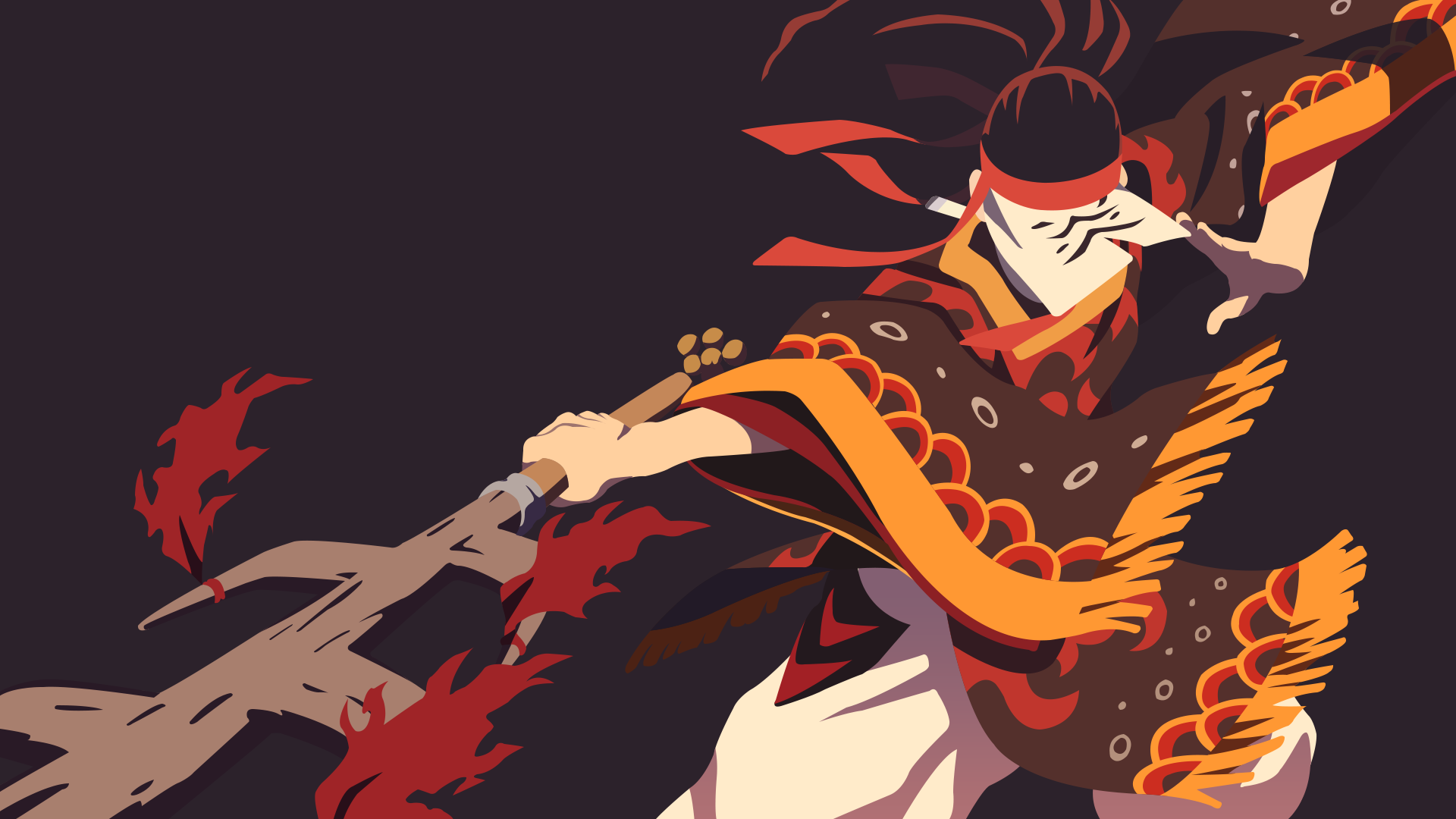| On This Page |
|---|
This blog serves as an addendum to my poster for the 2024 offering of RELIGST 6N taught by assistant professor Michaela Mross.
At the time of writing, you can find my poster in Stanford's East Asia Library.
Here, I will provide additional details. Admittedly, the format is rather disaggregated as I am more interested in communicating observations and facts than storytelling.
The poster itself was typeset in \( \LaTeX \) and is lightly adapted from the unofficial poster template for Boston University. I edited the poster in Canva for touchups. All graphics are vectorized. The movie barcode was produced by grouping the frames into batches, taking row-wise averages, and concatenating the resulting strips. A step-by-step walkthrough of the process is described in this blog post. Iconography was taken from online sources. Stanford branding was taken from the Stanford Identity Guide.
A key feature of the philosophy underpinning Buddhist and Shinto thought is impermanence. As Zen scholar Steven Heine writes:
The single main feature of Dōgen's distinctive approach to Buddhist theory and practice...is an approach to religious experience based on insightful reflection on mujō (the meaning of impermanence). An understanding of the transiency of human and natural existence is realized by Dōgen both in terms of personal experiences of sorrow and sadness. For example, when his parents died in childhood, he resolved to become a monk—and as the basis for a view of reality as fundamentally shifting and uncertain phenomena manifested in the fleeting beauty of natural surroundings.
Demon Slayer plays with ephemerality in a very distinctive way. Demons are beings who crave immortality and fear death to an extraordinary degree. Perhaps no other demon exemplifies this paradox of strength and cowardice more than the main antagonist Muzan Kibutsuji. A sickly nobleman during Heian Era, Muzan was disgruntled with his condition until a strange doctor promised him a cure. In time, Muzan achieved an immortal body that suffered only one weakness---the sun. Muzan would go on to spread his kind in a doomed search for absolute perfection.
The one thing I dislike is change. Changes in circumstances. Physical changes. Emotional changes. In most cases, change of any kind means degredation. It is decay. I prefer the unchanging. A perfect unchanging state that lasts forever.
Demon Slayer asks its audience to consider the merit of such a dull bounty. Humans live in a truly awesome world imbued with energy. While the underlying principles maintaining the physical and spiritual dimensions of the world remain fixed, the form changes constantly.
Demon slayers practice different breathing styles in order to combat demons. These include Water, Flame, and even Beast Breathing. Curiously, all known breathing styles practiced in the Demon Slayer Corps are derived from Sun Breathing first practiced by Yoriichi Tsugikuni during the Sengoku Era. Hinokami Kagura or "Dance of the Fire God" is a style passed from father to son every generation in the Kamado Family. As one might expect, it is the flagship style of the main protagonist Tanjiro Kamado.

This dance is not unlike Kagura, a ceremonial Shinto dance conducted at Shinto shrines across Japan today.
Looking past Buddhism, there are many other parallels to be made. Admittedly, some of these are stretches and likely not intended by the writers. Still, I think it is worth briefly mentioning them as I sense all religion draws from the same fundamental pool of human experience.
For one, I can't help but think of Nezoku in the same light as Yamantaka or Princess Savitri from Indian-derived mythology and folklore. These legendary characters conquered death with power and wit just as Nezoku conquered the sun.
For another, I tempted by food in the Demon Slayer universe. It is well established that demons crave human flesh and are conversely disgusted by ordinary foods. This is in direct contrast to Demon Slayers such as Tanjiro or Rengoku who would gladly finish several Udon bowls or Bento boxes. This is consistent with the three Guṇas as it is understood by Hinduism. Applying rajas to demons, we find that their nature is supported by their bloodlust.